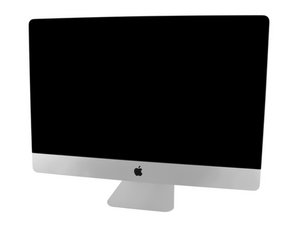I want to replace the HDD for a SSD
Hi Mayer. I've an iMac 5k 27' 2017 with 1TB fusion drive (yes, I know.... i should have bought with an SSD) but now I want to replace the HDD for a SSD. Does it worth it in terms of speeding the machine? Thanks in advanced.
Bu iyi bir soru mu?


 1
1 
 52
52  62
62 
